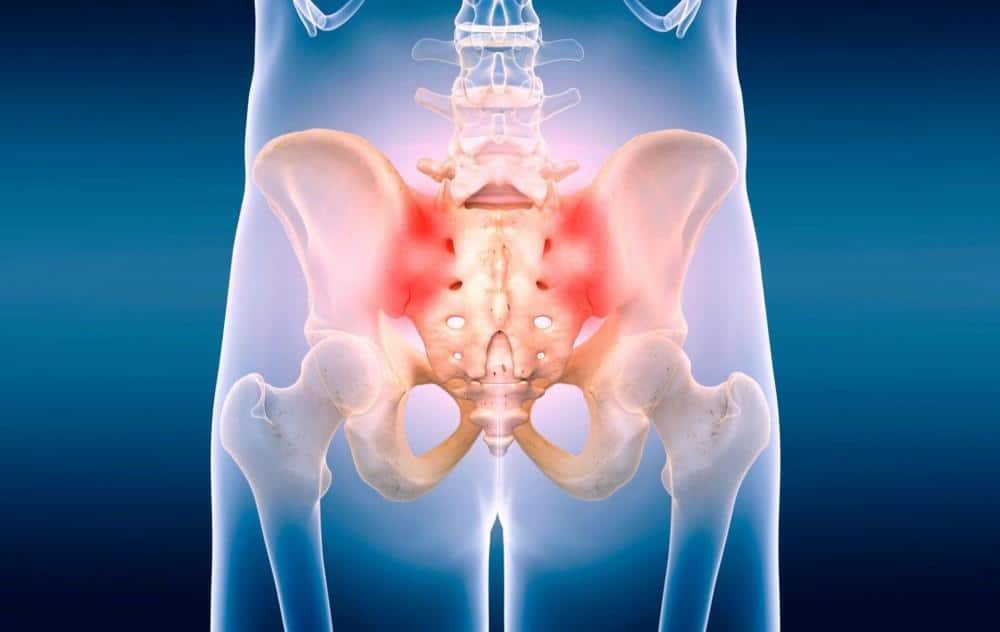Many structures in your spine lead to back pain, including your SI joint. This joint stabilizes your pelvis and absorbs excess pressure from your upper body.
SI joint dysfunction can be debilitating and make it nearly impossible to get around or perform your daily activities without significant pain.
If you’re having low back pain, Dr. Jordi X. Kellogg and the Kellogg Brain and Spine team are here to help. Dr. Kellogg is an experienced neurosurgeon who offers conservative treatments and surgical procedures to eliminate your back pain.
What are your SI joints?
Your SI joint lies in your pelvis, specifically on your iliac crest. The SI joint acts as a shock absorber between your upper body and your pelvis and connects your pelvis to your sacrum.
Your SI joint has slight motion usually, as its primary function is to buffer excess pressure from your upper body onto your pelvis. Strong ligaments surround your SI joint and provide stability and help with motion in that part of your spine.
When there are problems in your SI joint, they’re typically caused by either too much motion or not enough motion within the joint. Too much movement in your SI joint leads to instability in your pelvis and pain in your legs and low back.
However, when you have too little motion in your SI joint, it also causes muscle stiffness and immobility pain. You may have pain in your legs, low back, and pelvis with decreased motion.
Inflammation is another cause of SI joint pain. The inflammation may be caused by another condition or too much or too little movement within the joint.
Symptoms of SI joint dysfunction
The symptoms of SI joint dysfunction vary from person-to-person and depend on the severity of the problem within your joint. However, there are common signs and symptoms related to your SI joints, which include the following:
Low back pain
You may feel pain on one or both sides of your lower back with SI joint dysfunction. The pain might feel dull or achy and be mild or debilitating.
Radiating pain
When you have SI joint dysfunction, your pain can radiate to your buttocks, hips, and groin. You may also feel discomfort in the back of your thighs.
Stiffness
If decreased motion in your SI joint triggers your symptoms, you may be excessively stiff around your lower back and pelvis. Stiffness around your SI joint makes it difficult to climb stairs or bend over to pick something up.
Instability
Too much motion in your SI joint causes your pelvis and lower spine instability. Instability often causes a feeling of your pelvis giving out when you sit or move around.
Sciatica
Although not true sciatica, SI joint dysfunction often mimics sciatica pain. You can feel a sharp, stinging pain in your upper legs and knees. You may also experience numbness and tingling.
You may also experience worse pain when you exert excess pressure on your SI joint. If you’re climbing a flight of stairs, jogging, or lying on your side, you may notice your pain immediately worsening.
If you’re experiencing any of these symptoms, you must make an appointment with Dr. Kellogg as soon as possible to prevent further complications in your spine.
Dr. Kellogg evaluates your symptoms to determine if SI joint dysfunction is causing your discomfort. He then customizes a treatment plan specifically for your condition.
To get relief from your SI joint pain, don’t hesitate to call one of our offices in Oregon today or request an appointment with Dr. Kellogg on our website.


